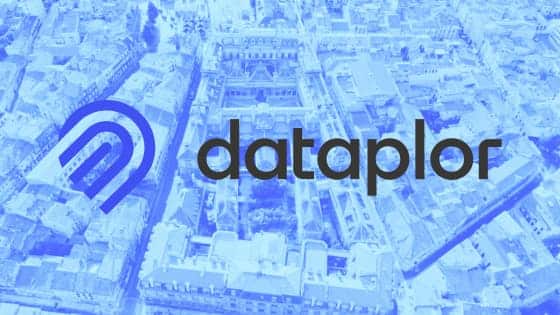Amazon’s retail as a service (RaaS) play has seen its ups and downs. After incubating the retail logistics and streamlining technology in Amazon Go stores, it started rolling it out to third parties (the real endgame), including Starbucks and others. More recently, it started unwinding several Go stores.
For those unfamiliar, Amazon’s RaaS (our term), consists of its “just walk out” technology for cashierless stores. It also includes the Amazon One palm scanner which customers swipe as they enter a store, or at checkout terminals. The idea is to bring operational efficiencies and logistical streamlining to retail.
Now, after what appeared to be a lull in new activations, Amazon has announced that Panera Bread will integrate Amazon One. It will be the first food-based establishment to do so, as Amazon One was previously used in grocery, as we’ve examined, as well as some event venue ticketing systems.
After all, in these vertical expansions, “quick serve” restaurants are arguably the most fitting place for a technology that’s meant to speed up transactions. Amazon, true to past behavior, is likely testing the technology in this setting to see if it represents a growth opportunity in its overall RaaS play.
Education & Acclimation
So what will this entail? Amazon One will be used for payments as well as loyalty. For both, the platform will integrate directly with Panera’s point-of-sale system, where it will stand as an additional option to pay. Though this requires some setup friction, the idea is that subsequent transactions are streamlined.
As background for those unfamiliar, Amazon One terminals create a unique palm scan for each customer. That scan forms a digital identity that is connected to a payment method. If a given customer also has an Amazon account – as most likely do – it can likewise be linked to the Amazon One profile.
But the real customer incentive comes from linking Amazon One to a MyPanera account. This unlocks perks such as saving and reordering favorites, as well as Panera associates greeting customers by name. The palm read happens once to activate these ID-based perks, and then a second time to pay.
Much of this probably raises privacy flags as you read it… as it should. Amazon ensures that palm scans are encrypted and secured in the cloud, however this could require ample customer education and acclimation. Privacy concerns are in high gear, and always amplified with anything biometric.
So like anything else, it will be a tradeoff. The key question is if consumers are willing to trade their biometric information for convenience and other perks noted above. Outside of Silicon Valley (the location and the culture) that answer is often no. But we’ll see if Amazon can get over that hump.
Law of Large Numbers
Back to Amazon’s RaaS ambitions, a key question is why? There, the answer is multifaceted but also simple. RaaS is a move towards revenue diversification and growth, which is the name of the game for maturing tech giants that operate on such a large scale, when growth is harder to find.
This reason is behind big bets like going into healthcare (One Medical). Massive vertical conquests like this are required to move the needle for percentage revenue growth. That’s the downside of having such a massive revenue base. Other examples include Apple going into entertainment and (possibly) cars.
For Amazon, the RaaS play is also logical because it follows the playbook of one of the most successful products the tech world has seen in the past decade: AWS. Like RaaS, it was incubated internally before spinning out as an enabling tech for tech businesses everywhere. RaaS will try to do the same for retail.
That’s why Amazon Go stores were always just a test bed. Amazon had no interest in running convenience stores. It was all about tuning the platform to live on as a service (which we predicted at the time). The current state of those ambitions is unclear but Panera appears to have resuscitated them.
As for rollout, the system is already active in two locations in Panera’s hometown of St. Louis. From there, it plans to expand over a few months to 10 to 20 locations throughout St. Louis and Seattle (Amazon’s home). The big question is if QSR impact entices eventual down-market adoption in the SMB world.




